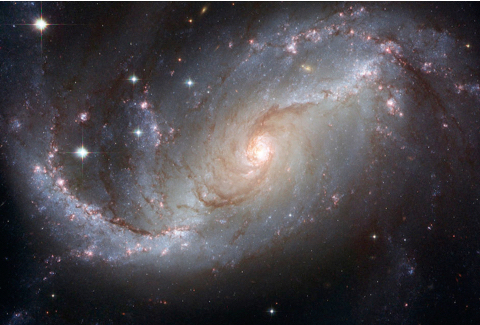
Our research at CIAFF focuses on:
Star formation and exoplanets
The gravitational collapse of a fragment of a molecular cloud leads to star formation and then to circumstellar disks where the planets will be formed. In this research line we are interested in the study of : i) Protostars and young star objects; ii) Evolution of protoplanetary disks into planetary disks; iii) Kuiper belts and exozodiacal light in mature stars of the solar vicinity; iv) Detection and characterization of earth-like planets in near stars.
Extragalactic Astrophysics
The chemical evolution of different kinds of systems in the universe provides key signatures that help us to identify the main processes that regulate the transformation of gas into stars within galaxies, one of the key open questions in galaxy formation and evolution. These processes are studied at CIAFF both from a theoretical (i.e. modeling) point of view as well as through observations, devising new methodologies for the determination of chemical abundances in stellar populations and the interstellar gas. Hence, much of the work focuses on the scientific exploitation of integral-field spectroscopic data, the “activity” (high-energy radiation emission) in galaxy nuclei, and its connection with violent star formation.
Computational Astrophysics and Cosmology
Simulations of visible structures in the Universe at different astronomical scales (from the largest - of order of billion light-years -, to the smallest, e.g. galaxies such as the Milky Way or elliptical galaxies) serve to test and verify theories and astrophysical and cosmological models. They are also a tool to design future observational and instrumental strategies. At the largest scales, the gravitational effects of the dark matter and dark energy components are taken into account and explored, as well as gas-dynamic effects. At shorter scales, galaxy formation in a cosmological context can be studied, including star formation, feedback and sophisticated models for chemical enrichment. In addition, computational astrophysics provides software telescope devices to accurately take into account the dust effects in the spectral energy distributions and images of simulated galaxies, among others.
